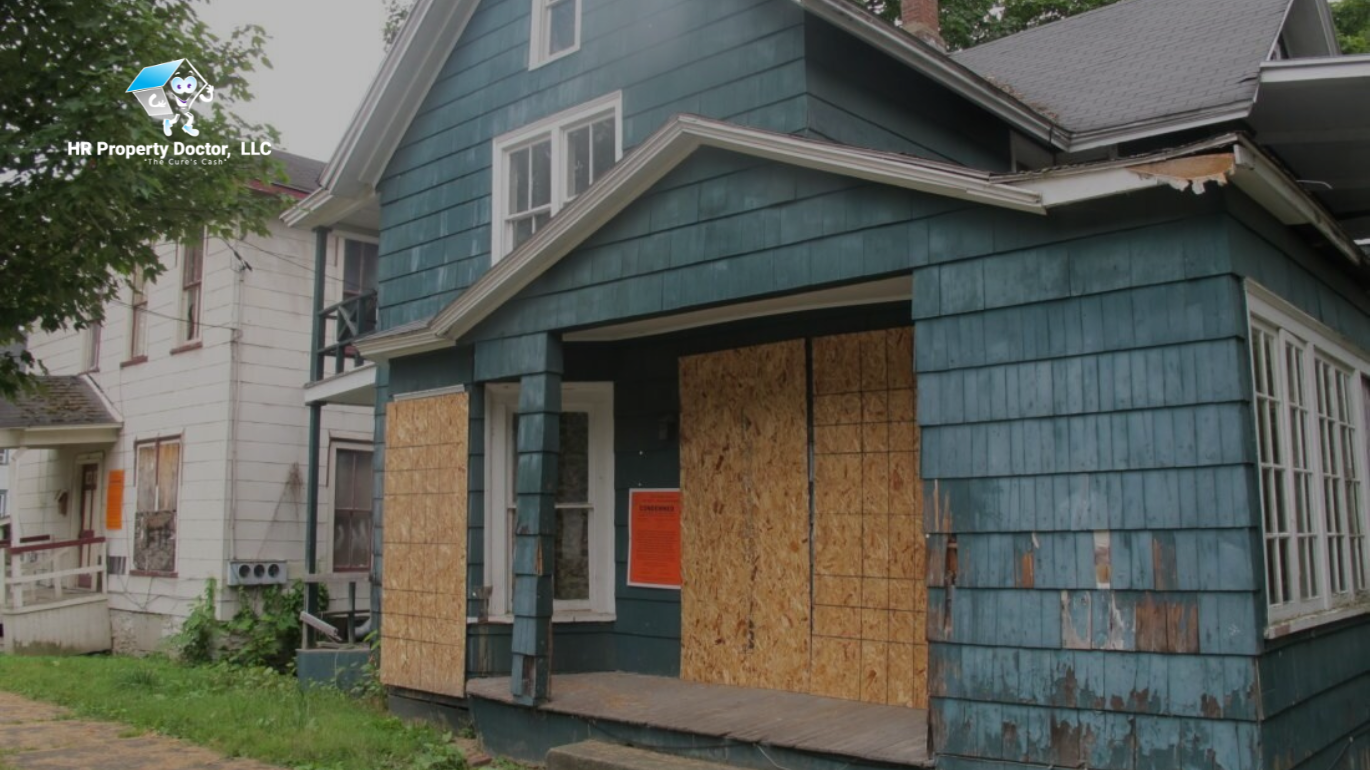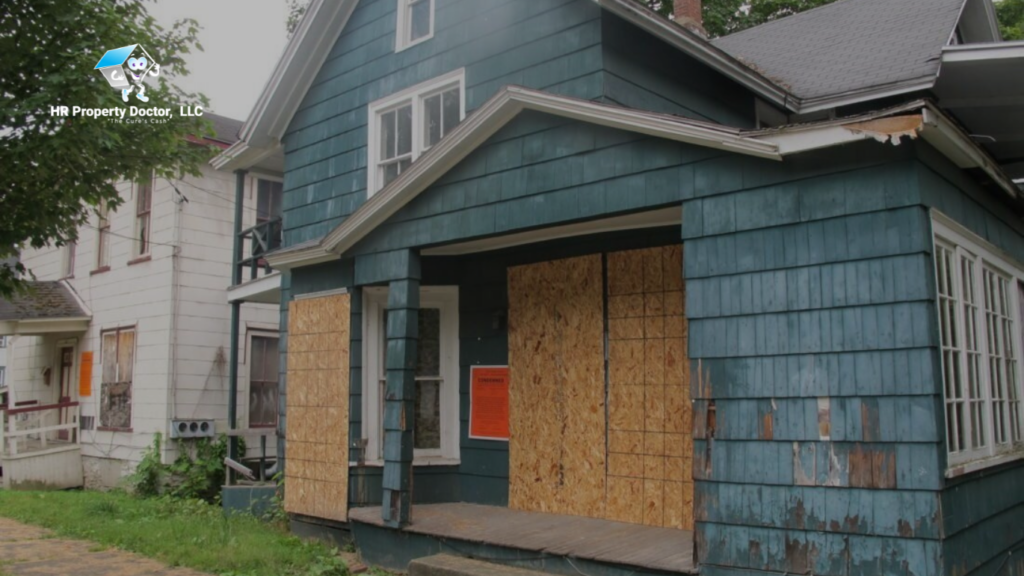
If you are reading this blog post, you are probably one of those homeowners who are facing difficulties in selling their house that is in a bad condition. It would be a lot more harder if selling a house in poor condition and you are doing it all alone.
Whether you inherited something that requires a lot of work or you have fallen behind on home renovations, you don’t have to worry about the selling process, you can still sell the house. But how are you going sell a house in poor condition depends on your goals, timeline, and financial situation.
This blog post will guide you through the process and the options for selling a house in poor condition.
What does poor condition mean? And is it impossible to selling a house in poor condition?
The term “Poor Condition” usually refers to a house that has been revealed to severe damage due to fire, flood, mold, or pest. Just because a house is in poor condition doesn’t mean it has become a liability and can never be sold. All you need is an effective strategy and expert advice.
Categories in which “poor condition” house can fall into
Houses in poor condition fall into three broad categories that are:
Fire Damaged House
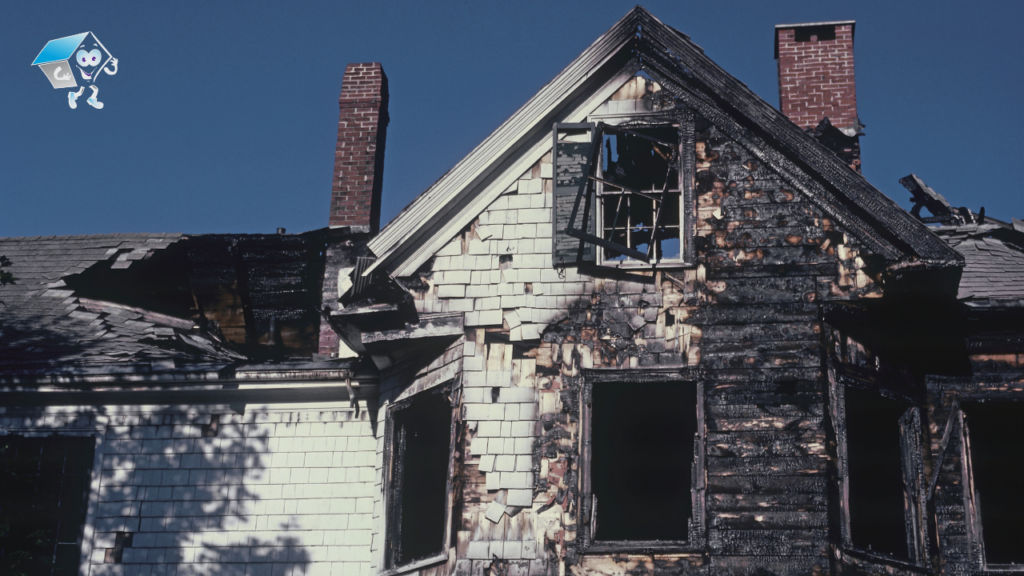
Fire damage refers to the physical damage to a property due to burning. The damage could have been directly caused by the flames or could occur due to smoke and other corrosive substances emitted by the fire.
Water Damaged House

One of the main categories a damaged house can fall is water or flood damage. Water damage has been a common problem in Virginia.
Almost thirty-seven percent of homeowners in the states have suffered losses due to water damage, and the majority say they have experienced a water issue at some point.
Pest Infested House
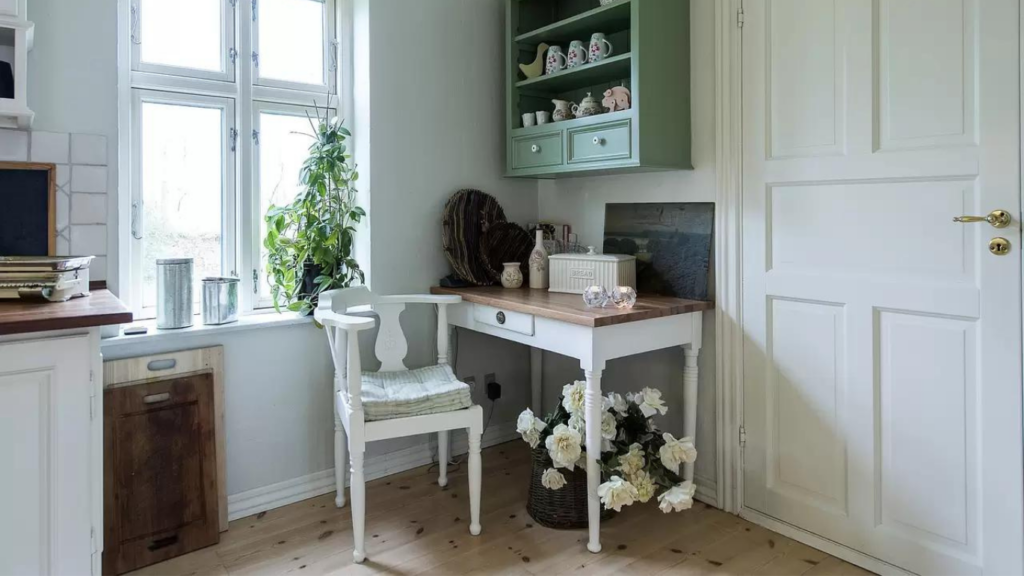
A pest infestation is when a species considered a ‘pest’ infiltrates a location or area, individually or in a group. This can place those affected and the environment at increased risk of health-related problems or damage.
Mold Infested House
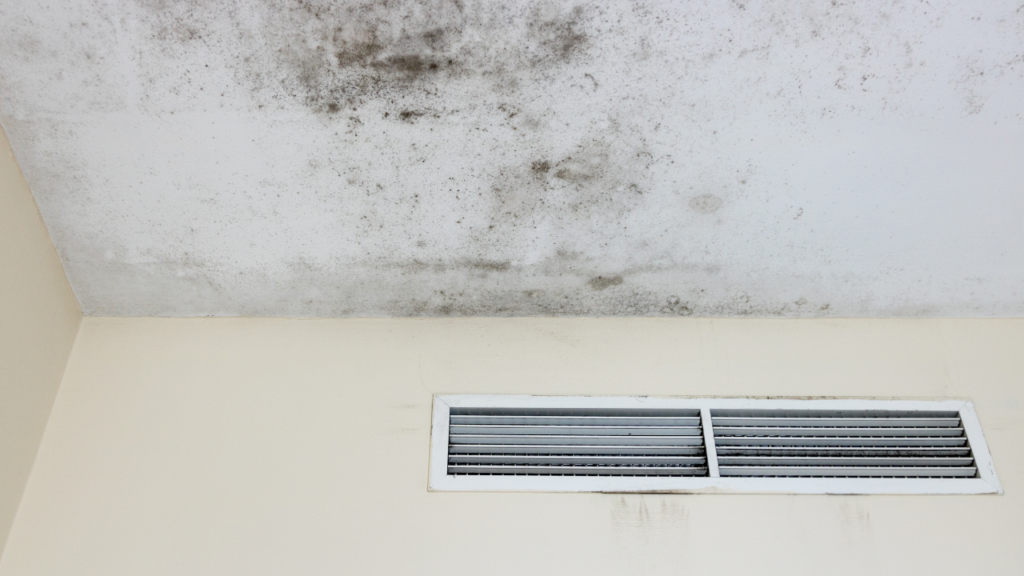
Mold can appear as slightly fuzzy, discolored, or slimy patches that grow as they grow. Most molds produce musty odors, the first indication of a problem.
The most common areas of mold infestation are basements, bathrooms, kitchens, poorly ventilated rooms, crawlspaces, or other areas of high humidity and dampness within walls and pipes.
Judging the Condition of a Poor House
To help you determine if you’re selling a house in bad condition, we’ve broken the term “bad condition” into three distinct sub-categories.
Completely Inhabitable
Houses that are considered to be completely inhabitable might have multiple issues that make them an unfit choice for anyone to live in, likely due to safety concerns. These issues might be:
- Severe electrical issues
- Serious plumbing problems
- extensive roof damage
- Black mold infestation
- Lead and/or asbestos
- Termite infestation
Habitable But Requires Major Repairs
While they’re a step above completely uninhabitable, homes in this category need a makeover and some repairs. While it may be habitable, a home inspector will likely raise several major issues in the inspection report. These issues could include:
- Unreliable HVAC system
- Damaged plumbing
- Damaged chimney
- Broken light fixtures
- Moderate roof damage
- Hairline cracks in the foundation
In need of cosmetic updates
Homes that may be outdated or require some cleaning and touchups, but are otherwise in good condition. Items that can put a house in this type of “poor condition” category include:
- Dirty, cluttered interior
- Outdated kitchen
- Outdated bathroom
- Dirty, stained flooring
- Dingy and peeling paint
- Outdated finishes on faucets & light fixtures
- Dead, overgrown, untended landscaping
Options For Selling a House in Poor Condition
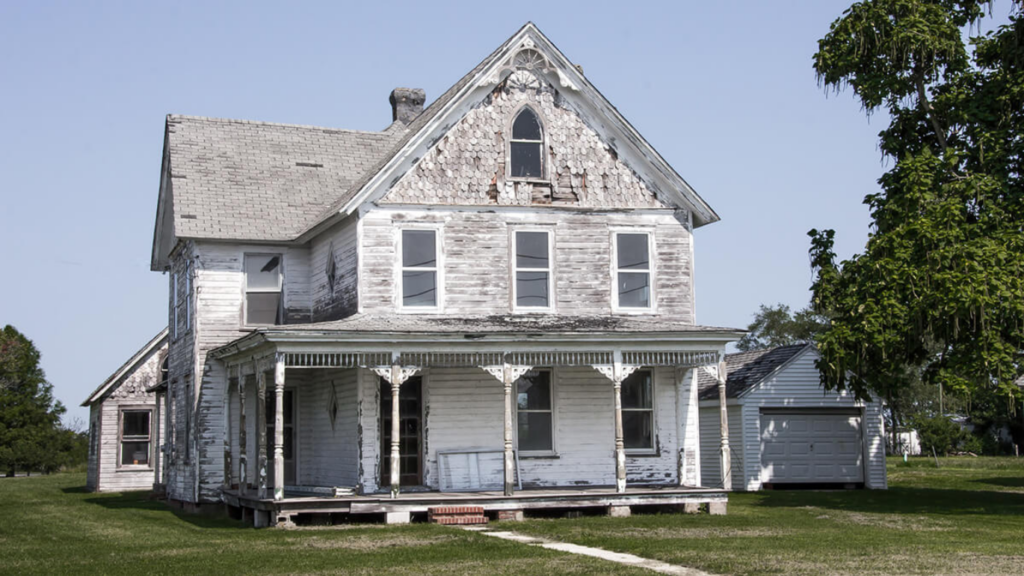
If you feel like your home falls under any of the categories of “poor condition,” you have two options to consider when you move forward with the selling process.
Sell Your House As Is
If you don’t have enough money and time to invest in renovating the house, you can move forward and sell your home as-is. Now, you might be wondering what As Is means.
Selling a house as-is means that a buyer will get the property in its exact as it is condition without getting any kind of repairs or upgrades.
Pros of selling a house As-Is
There are pros and cons of choosing to sell your home as-is. Let’s take a closer look at the pros of selling a house as-is:
- Getting ready for a traditional home sale can take as little as six weeks, but selling a house as-is a faster track toward the closing process.
- Cash buyers are usually attracted to as-is homes and the prospect of getting a deal.
- If you have a tight budget, selling as-is can help you avoid the additional costs that can come with selling a home in poor condition.
For Sale by Owner
For sale by owner (FSBO) means that the property is available for purchase directly from the owner instead of a real estate agent or broker. Most of the sellers choose this option to avoid paying hefty agent commissions.
Pros of FSBO
Some of the important pros of the For Sale By Owner are:
- FSBO mainly helps you to save on the listing agent commission.
- The other main pro of FSBO is having complete control of the home sale process.
- An FSBO seller might be able to be more creative in the kind of agreement they make with the buyer.
Conclusion
At HR Property Doctor, we buy homes in Virginia beach for cash from the homeowners who need to sell their houses quickly or are facing issues with selling a property in poor condition. No matter what the reason is, we can buy your home and quickly so you can move on to your next step in life.
We recommend completing the online form below or contacting us at 757-610-9400. We are experienced in purchasing homes in any condition, even those that may appear unsightly, and we provide hassle-free cash payments or all-cash bids.
